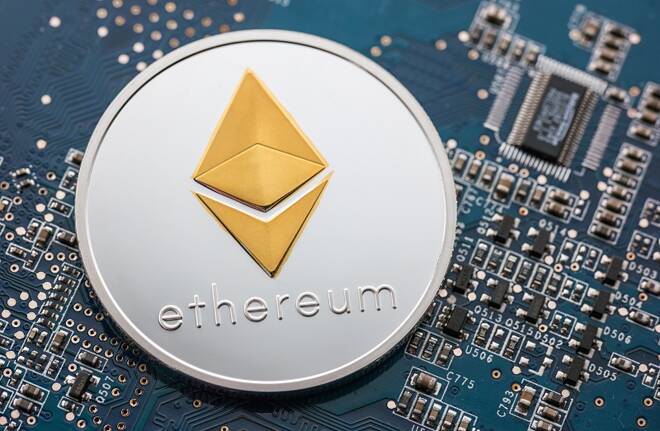Advertisement
Advertisement
Ethereum Gas Unit Explained
By:
On the one side, Ethereum miners receive the reward for mining blocks, while on the other, miners are also rewarded for inputting transactions into Ethereum blocks that fall under their control, essentially validating smart contracts within a given block. It is here that GAS is the method of payment.
GAS is a unit of payment that is derived from each request for an operation carried out on the Ethereum blockchain. The number of GAS units required for payment is a reflection of the amount of effort taken to complete certain tasks on the Ethereum blockchain.
On the Ethereum blockchain, smart contracts facilitate the exchange of everything electronic without the need for middlemen, the terms, and conditions of any exchange embedded as code into the smart contract. Therefore, users are being rewarded for the transaction effort.
Any request for an action on the Ethereum blockchain requires a smart contract to be issued to the parties requesting the work to be carried out, with the smart contracts outlining the sequence of steps that need to be followed in the task.
Each sequence embedded within the smart contract is automatically updated on Ethereum’s decentralized blockchain, with most smart contracts being run in Ethereum’s EVM.
Every sequence coded within the smart contract requires a certain amount of GAS for completion and the payment is essentially made to Ethereum miners who complete the tasks encoded within the smart contract.
On the one side, Ethereum miners receive the reward for mining blocks, while on the other, miners are also rewarded for inputting transactions into Ethereum blocks that fall under their control, essentially validating smart contracts within a given block. It is here that GAS is the method of payment.
The amount of GAS is dependent upon the number of sequences embedded within the smart contract. The more sequences, the greater the amount of GAS needed to pay the validating miner.
For each transaction, the conversion from GAS to Ether is stipulated by the requester, who would prefer the lower conversion rate, while the miner will be looking for the highest possible conversion rate.
About the Author
Bob Masonauthor
With over 28 years of experience in the financial industry, Bob has worked with various global rating agencies and multinational banks. Currently he is covering currencies, commodities, alternative asset classes and global equities, focusing mostly on European and Asian markets.
Advertisement
